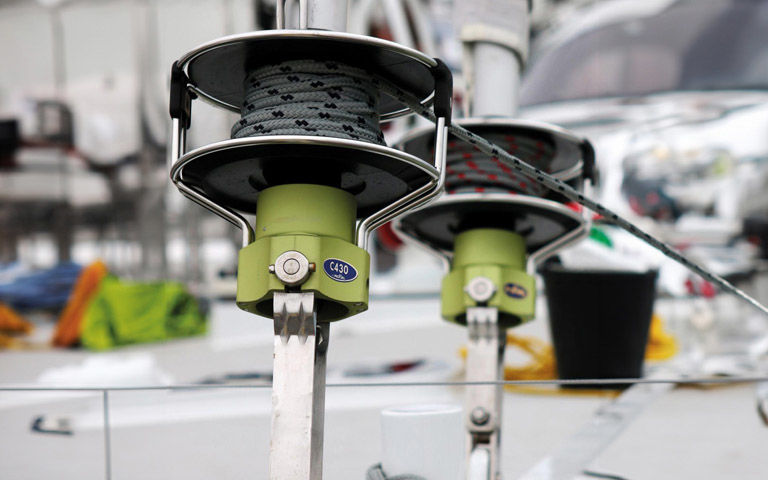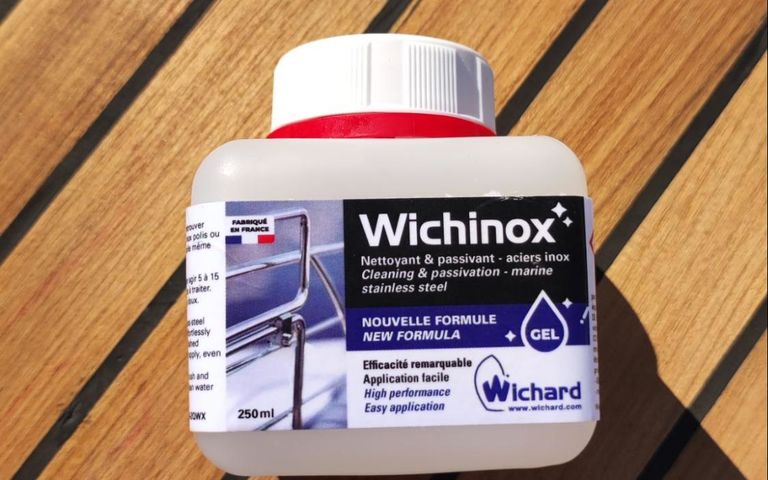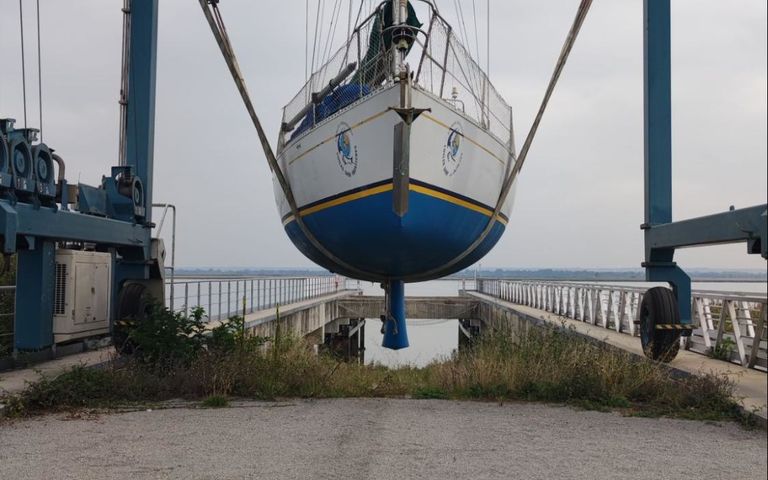Winter is a transition period for many sailors, a time marked by storms, low temperatures and short days. Long hours spent on the water give way to quick trips on deck, preparing your beloved so she will be ready for winter. Aside from the mechanical maintenance, electrical checks, and the various fluids to be drained, don't forget the essential components of your boat: the roller furling, the rigging, and the sails! These steps will guarantee that your equipment will stand the test of time, saving valuable time when better weather comes back around by making the right checks around your craft.
In this article, we will explore the key steps you need to carefully prepare these parts, ensuring that they will survive the winter and stay in the best possible condition.
Prepare your furling for winter
The furling is a precious tool, ensuring smooth sailing under all conditions. Make sure yours lasts for years by taking care of it - throughout the sailing season, and also in winter! Here are a few steps to follow:
- Careful cleaning
Whether your PROFURL furling is a manual furling or a motorized furling, it has been designed to run without any maintenance for years. However, in order to keep it looking brand new, we recommend at least once a year rinsing the mechanical parts with fresh water, and cleaning the sheaths with an alcohol-soaked cloth.
- The right lubrication
The bearings on your furling and your swivel are sealed in lubricant. Important: never use WD 40® (or similar lubricants), as this will irrevocably damage the seals and eventually destroy the bearings.
- Check the rotation
Check the rotation: if you have your sail, you can check that there are no hard points while furling by connecting the swivel and the furling drum with a strop.
- Check the bolts
Check that the drum locks are correctly oriented. You lock your drum by giving the locks a half-turn, so the arrows point to the top of the stay. You can check that the locks are securely in place using a strop which connects the two locks.
- Check the slats
The slats form the junction between the bridge and the furling drum. A visual check will reassure you that they are not twisted.

- Take care of your furler
Rinse it with fresh water. Rinse the truss too (you can even machine-wash it with some fabric softener to loosen it a little). Leave to dry before storing in a case, in a dry place away from direct sunlight.
Take care of your genoa for successful wintering
The driving force for your craft, taking care of your front sail is essential if you want to keep sailing. Here’s how to care for your sail over winter.
- Gently wash it
Carefully clean your genoa with fresh water and mild soap. Avoid aggressive chemicals which could damage the fibers. You can use a microfiber cloth or a sponge, but be gentle. This is also an opportunity to inspect the various components of the sail: pennant, anti-UV strip, hoist, eyelets, seams, and more.
- Leave to dry completely
Store it while it’s still damp and you’re sure to see mould next season! Dry it flat and turn it over, or stretch it out.
- Meticulous folding
Carefully fold your genoa by making accordion folds along the height of the sail. Bring the sail to the tack and clew, forming strips of around 50 cm. Ensure that the folds are consistent. The luff and the spinnaker will gradually come into the middle of the sail and form a zigzag. Once fully folded, roll the sail along its width. Important: always start rolling from the clew. When you’ve finished, you will only see the tack.
- Storage
Ideally, you will have a dry place to store your sail, folded carefully in its cover. If this is not possible, you can store it on the floor of your boat, but watch out for humidity!
Care for your rigging
The rigging, including the shrouds, forestays and halyards, forms the structure that keeps your sails in place. Here’s how to care for it during winter:
- Rinsing and inspection
Rinse your rigging in fresh water, in particular on the turnbuckle cages. This will let you make a visual inspection of your components: no boom vang, pins in the turnbuckles, checking the chainplates on the shrouds, etc.
Check your running rigging for any wear and tear. Also check the genoa halyard and the block, which is at the top of the mast.

- Caring for your stainless steel
Use a little passivating product on the stainless steel on your rigging. Every 4 or 5 years, you can also put a little more marine grease on the threads of the turnbuckles.

- Ease the tension
Very gently release the backstay and the forestay to release the tension at the foot of the mast. If your genoa stays up, you can also release some of the tension in the halyard.
In short, to keep the various parts of your boat running for longer, careful winterization is indispensable. By caring for your furling, sails, and rigging, you’ll make sure that your boat is ready to take to the sea as soon as the weather permits it.

